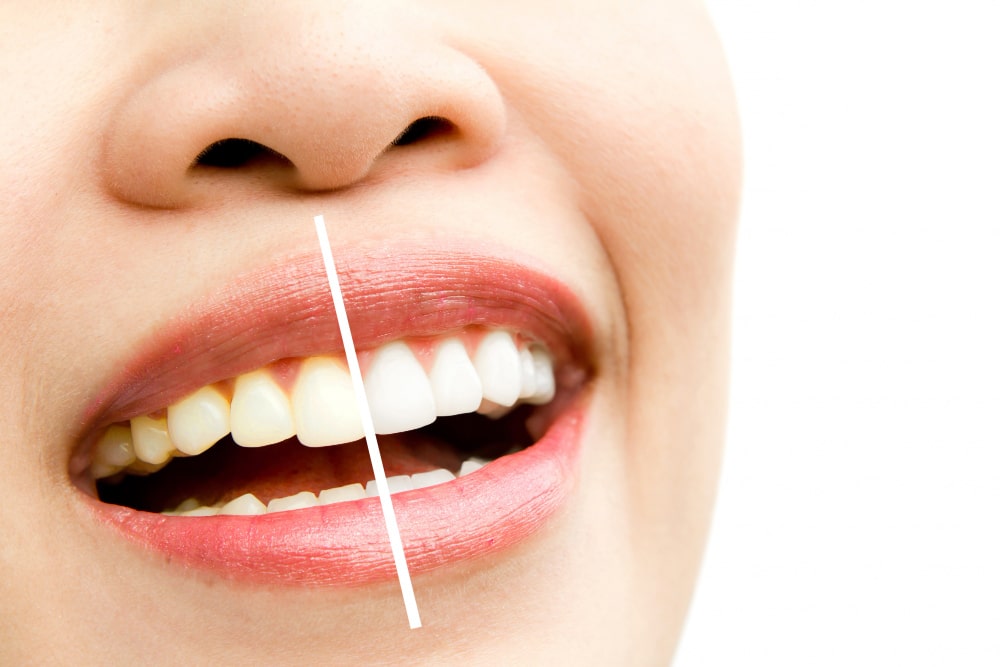
Teeth Whitening in Bangalore – Ultimate Guide, Methods & Aftercare
A bright, white smile is one of the most desirable features in modern beauty standards. Whether it’s due to coffee, tea, smoking, or simply aging, our teeth naturally lose their luster over time. Fortunately, teeth whitening offers a safe and effective way to restore a radiant smile. But how does it actually work? What are the different methods available? And how can you maintain the results? Let’s dive into everything you need to know.
How Does Teeth Whitening Work?
Teeth whitening involves the use of bleaching agents—most commonly hydrogen peroxide or carbamide peroxide—to break down stains on the enamel (outer layer of the teeth). These chemicals penetrate the porous surface of your teeth and oxidize the molecules causing discoloration. As a result, your teeth appear whiter and brighter.
There are two types of stains that whitening targets:
Extrinsic stains: These appear on the surface due to food, drinks, or smoking.
Intrinsic stains: These occur inside the tooth, often due to trauma, medications, or overexposure to fluoride.
While extrinsic stains are relatively easy to treat, intrinsic stains may require professional treatment or alternative cosmetic solutions like veneers.
Types of Teeth Whitening Methods
There are several teeth whitening options to suit different needs and budgets:
1. In-Office Whitening (Professional Treatment)
This is the most effective and quickest method. A dentist applies a high-concentration whitening gel and may use a laser or LED light to accelerate the process. You can see results in just one session, often up to 8 shades lighter.
Please refer to the picture above as a real example of in-office whitening results — before and after:
Pros: Immediate results, professionally monitored
Cons: Higher cost, potential for sensitivity
2. Take-Home Whitening Kits (From Dentists)
These kits include custom-made trays and a lower-concentration gel for safer, at-home use. You typically wear the trays for 30–60 minutes daily over 1–2 weeks.
Pros: Effective, customized, convenient
Cons: Takes longer than in-office treatment
3.Over-the-Counter (OTC) Products
Options include whitening strips, gels, toothpaste, and pens. While these are easy to find and budget-friendly, the results vary and are generally less dramatic.
Pros: Affordable, easy to use
Cons: Results are slower and less noticeable, risk of misuse
How to Care for Your Teeth After Whitening
To maintain your new, bright smile, proper aftercare is essential. Here are some key tips:
1. Avoid Staining Foods and Drinks
For at least 48 hours after whitening—and ideally longer—avoid:
* Coffee, tea, red wine
* Berries, soy sauce, and tomato-based sauces
* Smoking or chewing tobacco
2. Practice Good Oral Hygiene
Brush twice a day with a non-abrasive whitening toothpaste, floss daily, and rinse with mouthwash. Use a soft-bristled toothbrush to protect sensitive teeth and gums.
3. Use a Straw
When drinking potentially staining beverages, use a straw to minimize contact with your teeth.
4. Schedule Touch-Ups
Whitening results are not permanent. Depending on your habits, you may need touch-up treatments every 6–12 months. Discuss the best schedule with your dentist.
5. Be Gentle with Sensitivity
It’s normal to experience temporary tooth sensitivity after whitening. Use a toothpaste designed for sensitive teeth and avoid extremely hot or cold foods for a few days.
Final Thoughts
Teeth whitening is a safe and accessible way to boost your confidence and enhance your appearance. With several methods available—from in-office treatments to DIY kits—you can find an option that suits your needs and budget. Remember, the key to long-lasting results is not just choosing the right method, but also taking proper care of your teeth afterward.
Book Your Teeth Whitening Consultation at Krity 360, Bangalore for a brighter smile
Call us on: +91 9380789495
Frequently Asked Questions (FAQs)
Q1. What are the different types of teeth whitening treatments available in Bangalore?
A: Common options include laser teeth whitening, bleaching with peroxide-based gels, LED whitening, and customized take-home whitening trays. Your dentist will suggest the best option based on your dental health.
Q2. What are dental aligners and how do they work?
A: Dental Aligners are transparent, removable trays custom-designed to straighten teeth. They work by applying gentle pressure, gradually shifting teeth into the desired position.